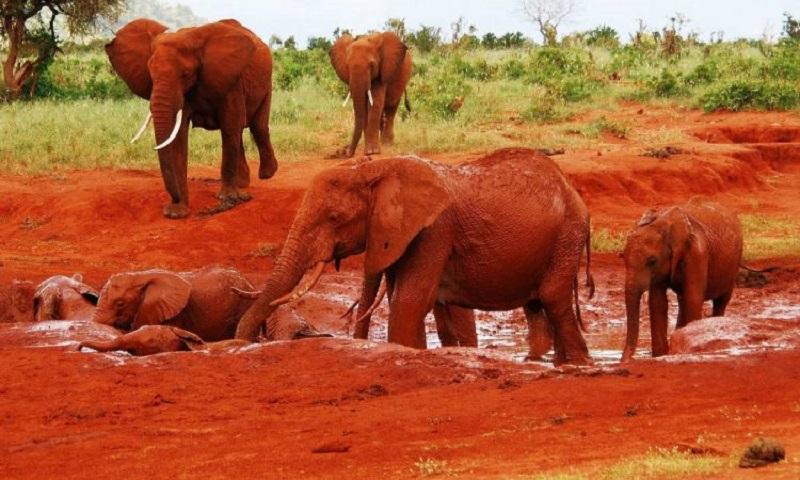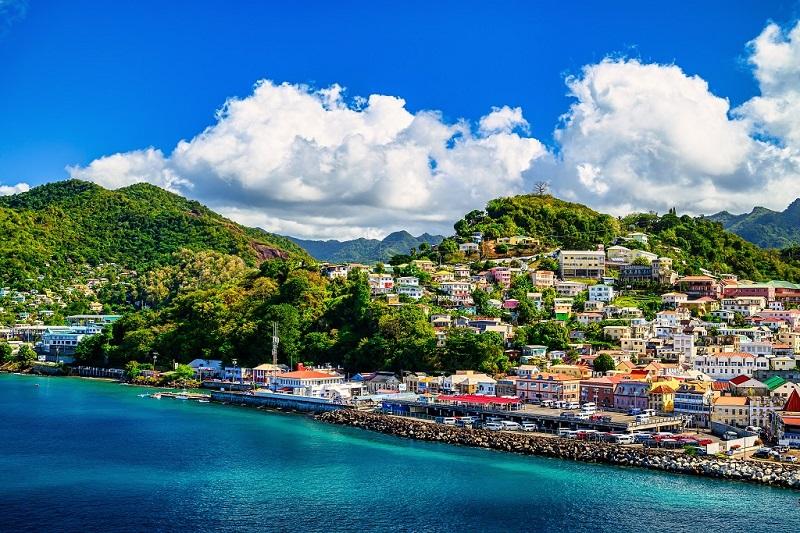Guide to Tsavo East: Home to the Iconic Red Elephants
Tsavo East National Park is one of Kenya’s oldest and largest national parks and a prime destination for wildlife enthusiasts and adventure seekers. Spanning roughly 13,747 square kilometers, the park is renowned for its vast open plains, iconic red elephants, and rich biodiversity.
Located in southeastern Kenya, Tsavo East forms part of the larger Tsavo ecosystem alongside Tsavo West National Park. This guide provides an in-depth look at Tsavo East National Park, covering its history, wildlife, best times to visit, and practical information for travelers.
Overview of Tsavo East National Park
Established in 1948, Tsavo East National Park is one of Kenya’s largest protected areas, offering a diverse range of landscapes and ecosystems. The park is characterized by its semi-arid plains, acacia woodlands, and riverine vegetation along the Galana River. The park’s vastness and relatively undisturbed wilderness make it a haven for wildlife and a popular destination for safari enthusiasts.
The park is divided into northern and southern sections by the Galana River, with the southern section being more accessible to tourists. Notable features of Tsavo East include the Yatta Plateau, one of the world’s longest lava flows, and the Lugard Falls, where the Galana River cascades over a series of rapids. The park’s red-dust plains, caused by iron-rich soil, give the elephants their distinctive red appearance and create a unique and striking landscape.
Tsavo East is part of the larger Tsavo ecosystem, which includes Tsavo West National Park and the surrounding conservancies. This extensive area provides critical habitats for a wide variety of wildlife, ensuring their protection and promoting biodiversity. The park’s remote and wild nature offers an authentic African safari experience, far from the crowds of more famous parks.
Wildlife in Tsavo East National Park
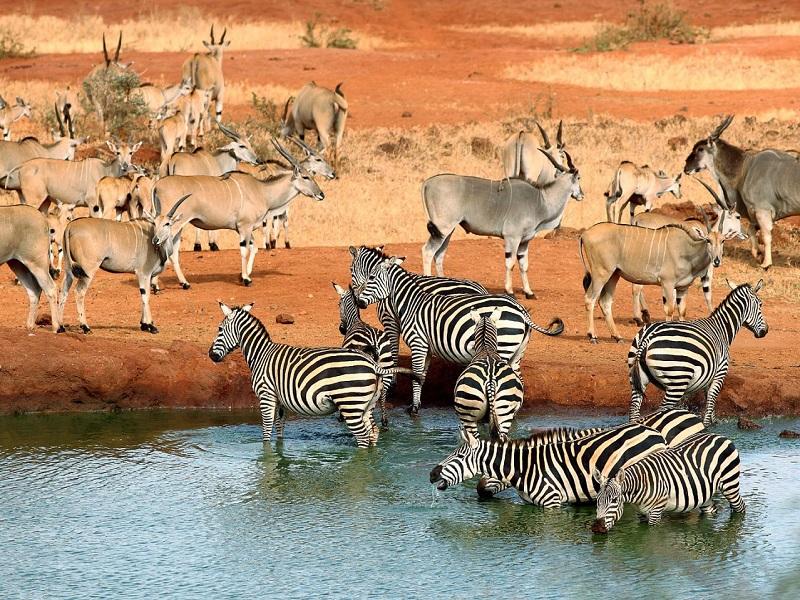
Tsavo East National Park is home to an impressive array of wildlife, making it a premier safari destination in Kenya. The park’s most iconic inhabitants are the red elephants, named for the red dust they coat themselves with to protect their skin from the sun and parasites. Tsavo East hosts one of the largest elephant populations in Kenya, and seeing these majestic animals roam the open plains is a highlight for many visitors.
Tsavo East has a rich diversity of other large mammals. Lions, including the famous maneless lions of Tsavo, can often be seen hunting or lounging in the shade. The park’s vast grasslands provide excellent habitats for cheetahs, leopards, and spotted hyenas.
Buffaloes, zebras, giraffes, and various antelope species, such as impalas and gerenuks, are also commonly spotted. The park’s riverine areas and waterholes attract a variety of wildlife, including hippos and crocodiles. Birdlife in Tsavo East is equally impressive, with over 500 species recorded.
The park’s diverse habitats support a wide range of bird species, from large raptors like the martial eagle and the African fish eagle. Migratory birds also frequent the park, adding to its avian diversity. Smaller mammals and reptiles are also part of the park’s ecosystem.
You might encounter warthogs, mongoose, and the occasional porcupine. Reptiles such as monitor lizards, pythons, and various species of snakes inhabit the park’s riverine and woodland areas. The diversity of wildlife in Tsavo East ensures that every game drive offers the possibility of new and exciting sightings.
The Best Time to Visit Tsavo East National Park
Tsavo East National Park is a year-round destination, but the best time to visit depends on what you hope to see and experience. The dry season, from June to October, is ideal for wildlife viewing. During these months, animals congregate around water sources, making them easier to spot.
The dry season also brings cooler and more comfortable weather for safari activities. The wet season, from November to May, brings lush, green landscapes and an abundance of birdlife. While wildlife may be more dispersed due to the availability of water, the park is less crowded, offering a more tranquil experience.
The wet season is particularly good for birdwatching, as migratory species arrive in large numbers. The presence of newborn animals during this period also adds to the appeal for wildlife enthusiasts. The shoulder seasons, particularly late January to early March, can offer a good balance of fewer crowds and excellent wildlife viewing.
Getting to Tsavo East National Park from Nairobi
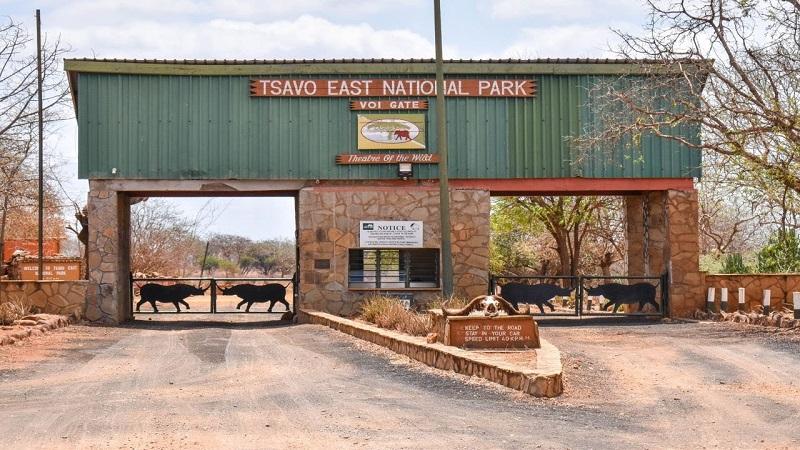
Tsavo East National Park is located about 325 kilometers southeast of Nairobi, Kenya’s capital. The most common way to reach the park is by road, which takes approximately 5 to 6 hours. The drive from Nairobi offers scenic views of the Kenyan countryside and passes through several small towns and landscapes.
For those preferring to fly, there are daily scheduled flights from Nairobi’s Wilson Airport to various airstrips within Tsavo East National Park, including Voi, Aruba, and Sala airstrips. The flight takes about 1 to 1.5 hours, providing a quick and convenient option for reaching the park. Upon arrival, visitors can arrange transfers to their lodges or camps within the park.
Self-drive options are available, and many visitors opt to rent 4×4 vehicles to navigate the park’s roads. Guided tours and safari packages often include transportation, making it easier for visitors to explore Tsavo East without worrying about logistics. It is advisable to book flights and transport arrangements in advance, especially during peak tourist seasons.
Other Activities in Tsavo East National Park
Tsavo East National Park offers a variety of activities that allow visitors to experience its unique landscapes and wildlife from different perspectives. Game drives are the most popular activity, providing opportunities to explore the park’s vast open plains and see its abundant wildlife. Early morning and late afternoon game drives are particularly rewarding, as animals are most active during these cooler parts of the day.
Birdwatching is another major attraction in Tsavo East National Park. With over 500 bird species recorded, the park is a paradise for bird enthusiasts. The best spots for birdwatching include the riverine areas along the Galana River and the park’s various waterholes and dams. Guided birdwatching tours can help visitors identify the various species and learn about their behaviors.
Photography tours are also popular, taking advantage of the park’s stunning landscapes and iconic wildlife. The combination of the red-dust plains, large elephant herds, and the backdrop of the Yatta Plateau provides unique photographic opportunities. Specialized tours with professional photographers can help visitors capture the best shots of Tsavo East’s wildlife and scenery.
For those interested in learning more about the local culture, visits to nearby communities and cultural centers can be arranged. These visits provide insights into the traditional lifestyles and customs of the people living around the park. Visitors can learn about local conservation efforts, see traditional dances, and purchase handmade crafts as souvenirs.
Hiking and nature walks are available in certain areas of the park, offering a more intimate way to explore its landscapes. The trails around Lugard Falls and Mudanda Rock provide panoramic views of the park and its wildlife. These walks are usually guided and provide educational insights into the park’s flora and fauna.
Park Fees for Tsavo East National Park
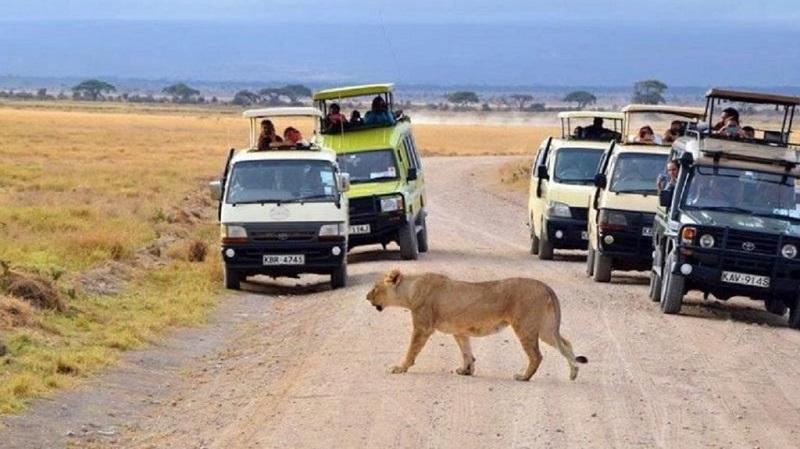
As of 2024, the entrance fees for Tsavo East National Park are as follows:
- Non-Resident Adults: $60 per person per day
- Non-Resident Children (3-18 years): $30 per child per day
- Kenyan Citizens and Residents Adults: KES 860 per person per day
- Kenyan Citizens and Residents Children (3-18 years): KES 215 per child per day
These fees contribute to the park’s conservation efforts and the maintenance of its facilities. Prices are subject to change, so it is advisable to check with the Kenya Wildlife Service or your tour operator for the most current information.
FAQs: Touring Tsavo East National Park
Do I Need a Car to Tour the Park?
Yes, a car is necessary to explore Tsavo East National Park due to its size and the distances between different areas. A 4×4 vehicle is recommended, especially for game drives and navigating the park’s sometimes challenging terrain. Visitors can opt for self-drive safaris or join guided tours provided by lodges and tour operators.
Are Unguided Walks Allowed in the Park?
Unguided walks are not permitted in Tsavo East National Park due to the presence of dangerous wildlife. Guided walks with experienced rangers are available and provide a safe way to explore the park on foot. These walks offer educational insights into the park’s ecosystems and wildlife.
How Much is a Game Drive in the Park?
The cost of a game drive in Tsavo East National Park varies depending on the tour operator, duration, and whether it is a private or shared drive. Prices generally range from $50 to $150 per person for a half-day drive. Some lodges include game drives in their accommodation packages. It is advisable to book game drives in advance, especially during peak tourist seasons, to ensure availability.
Conclusion
Tsavo East National Park is a destination of unparalleled natural beauty and wildlife diversity. From the iconic red elephants to the stunning landscapes of the Yatta Plateau and Galana River, the park offers an unforgettable safari experience for nature enthusiasts and adventure seekers.
